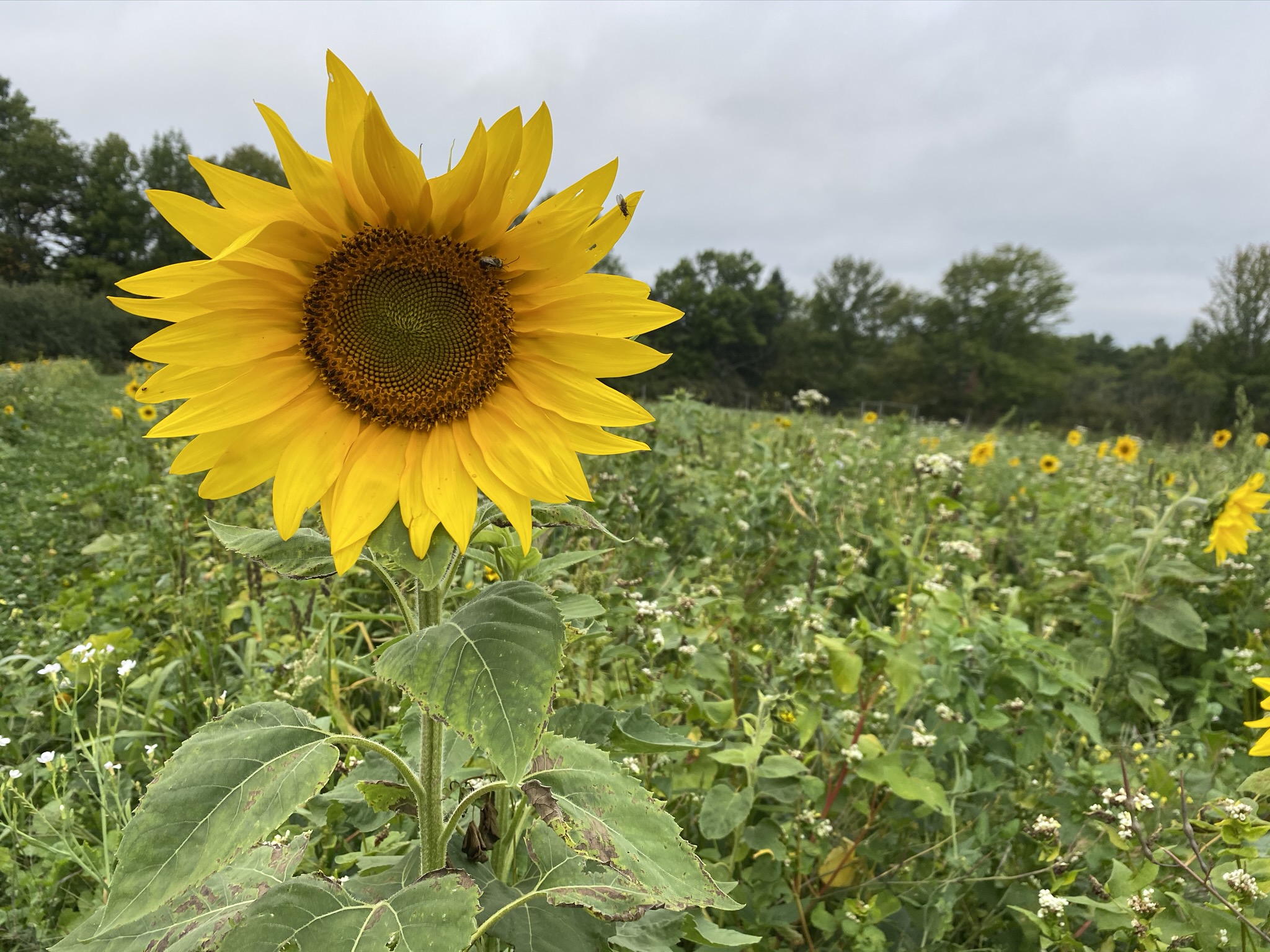
Lots of farmers are projecting an early wheat harvest this year. More growing days without your cash crop in the ground means more opportunities to capitalize on that summer sunshine. Do you have a plan for capturing revenue AND improving your soil health after you harvest your small grain? A diverse summer cover crop can fit the bill for both those objectives.
In this two-part series, we’ll explore how summer cover crops can boost your bottom line and your soil health. This week we’ll focus on the soil benefits of keeping a living root in the ground, and in the following newsletter we’ll be covering how to turn that growth into livestock feed.
Keep and Capture Moisture This Summer
Moisture is one of the biggest considerations when deciding what to do after a summer harvested cash crop. Many practice chem fallow with the idea that other plants will steal valuable moisture from the next cash crop, severely hurting yields. Agroecologist Nicole Masters explains how this fallow method is in fact a fallacy and should be replaced by utilizing diverse mixes of cover crops. She explains that cover crops improve soil structure and actually help capture any moisture that does fall to the ground, even in low rainfall environments.
Protect from Erosion
Wind erosion threatens high plains US farm fields every day. Leaving soil exposed to these elements means losing topsoil which contains important nutrients, microbes, and organic matter. When we keep a living root in the soil we protect that topsoil from the wind, sun, and rain, preserving the topsoil and all its nutrients for the next crop. Hear Colorado farmer, John Heermann, explain why he chooses to utilize plant diversity after his summer wheat harvest.
Feed those Hungry Microbes
Don’t forget about the entire ecosystem of life right below our feet. The microbes in the soil from bacteria and fungi to earthworms and beetles all need food to eat just like us. Their diets consist of liquid carbon from growing plants, dead plant litter, and other forms of organic materials. To keep these critters going, we need to keep plants growing in the soil. When that carbon food source is removed, microbial populations begin to decline, creating an opportunity for unwanted pests—such as pathogens—to take over. Listen to Dr. Christine Jones discuss the importance of plant-microbe relationships and how fostering those relationships leads to healthier crops.
Is it Too Dry to Plant?
This is a real question when it comes to planning your after wheat strategy. It’s important to acknowledge where you are at in your cover cropping journey and evaluate how much risk you’re willing to take. If you have livestock to feed, it might be well worth it to get something planted. Even if you have a less than impressive stand of forage, a few extra grazing days could make a big difference. Perhaps trialing the mix on only part of your acres is a good way to mitigate risk in the face of extreme drought. Having realistic expectations and a contingency plan is always a good strategy as well. Regardless of your situation, we’re confident that moving the dial even 1% towards soil health is achievable.
If you don’t have a plan already for after your wheat or small grain harvest wraps up, we’d encourage you to seriously consider how a diverse cover crop could fit your rotation. If you’re not quite sure what species to use or if this approach would be right for your operation, give us a call today at 402-469-6784 and one of our team members would be happy to discuss your unique situation and make a plan for success.
Want to talk with one of our expert sales representatives?
Fill out this form or give us a call today. 402-469-6784.
